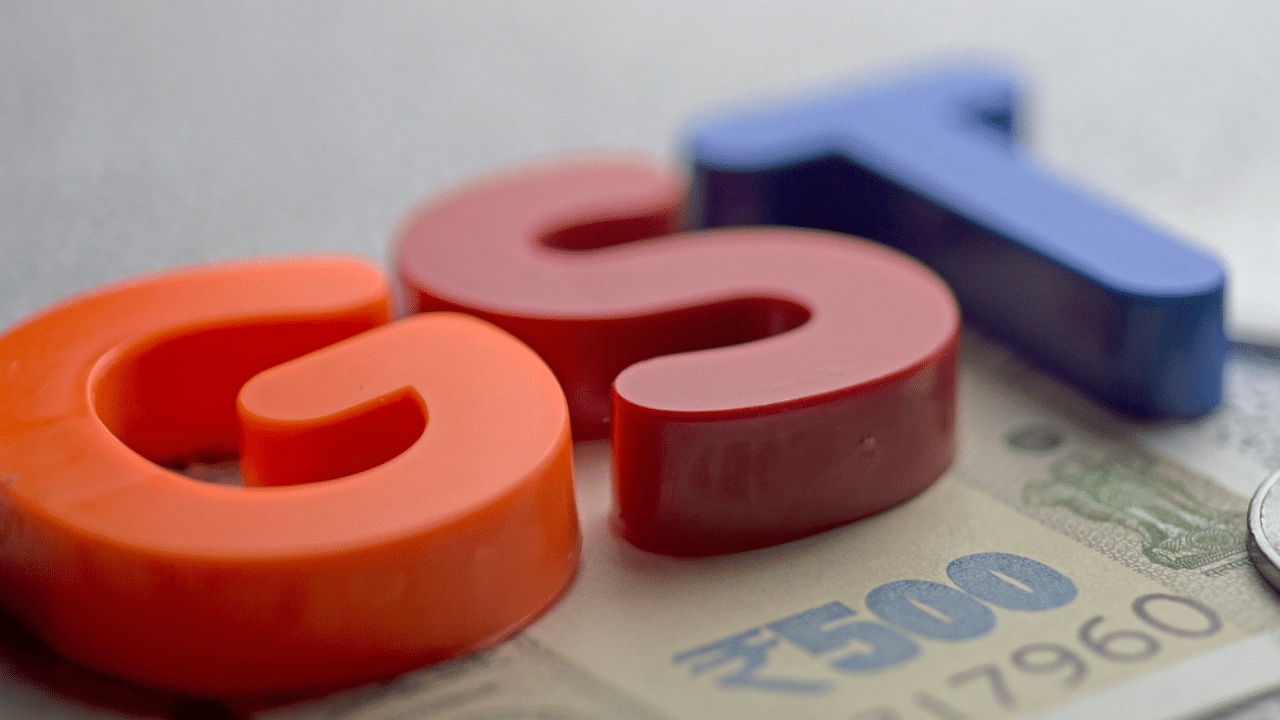Skyrocketing oil prices have once again brought out the need to include petroleum products within the ambit of GST. The Union Finance Minister has recently made a case for its inclusion and going by the press reports, finance ministers of even some opposition-ruled states are not averse to the idea so long as their revenues are safeguarded. Besides the inclusion of petroleum products within the ambit of GST, there have been demands to rationalise the GST rates to minimise the inverted rate structure, merge 12% and 18% to evolve one general rate in addition to the merit rate of 5% and sin rate of 28%. Thus, there are expectations that the 44th Meeting of the GST Council, scheduled to meet this month, would move in the direction of rationalising the structure of GST.
This, indeed, is an opportune time to rationalise the rate structure. The economy is in recovery mode. GST revenues have shown a reasonably high buoyancy with collections of over Rs 1 lakh crore in the last five months. The revenue increase has not come about only due to economic recovery but more because the GST Network has stabilised as its technology platform. Mandating the issue of e-invoices for all businesses above Rs 100 crore has enabled better invoice matching and detection of fake invoices that were used to claim input tax credit. This has helped to improve compliance as also enabled better tax enforcement.
With the passage of time, GSTN should be able to enforce e-invoice requirement to all businesses above Rs 10 crore and that will cover more than 95% of taxpayers. With this development, we can expect high revenue buoyancy and that should provide comfort to undertake further reforms.
The main focus of reforms should be rationalisation of the structure of the tax and to undertake measures to aid recovery. First, it is necessary to restructure the rates to avoid inverted duty structure, where tax rates on inputs are higher than those on outputs. Electrical transformers, railway wagons, some textile products, plastic bags and solar modules are some of the items where rationalisation is needed, and there may not be any difficulty in this.
Second, it should be possible to unify the two general rates of 12% and 18% to 15% without any loss of revenue. This could considerably reduce classification disputes and the inverted duty structure.
Third, there are some items in the 28% category that must be brought down to the general rate to help in the recovery process. The most important set of items relate to building and construction materials which are now taxed at 28%. Construction is a labour-intensive activity, and the second advance estimate of GDP for 2020-21 shows the sector contracting by 10.3%. Thus, reducing the rate would not only increase employment but also reduce housing prices and spur demand.
Fourth, the time is opportune to include petroleum products within the ambit of GST, not only to check spiralling prices but to minimise cascading and to improve competitiveness of the economy. It may be noted that in 2019-20, the revenue collected from excise duty and sales tax on petroleum products constituted over 40% internal indirect taxes collected by the Centre and states. The adverse effect on the competitiveness of Indian manufacturing on account of this has been enormous as cascading caused by the high taxes on transportation of goods and goods are enormous.
It is mainly for revenue reasons that petroleum products have been kept out of GST, and neither the Union nor the state governments have any incentive to include them in it. It is important that these short-term considerations should not overwhelm long-term productivity gains and benefits for the economy from including them.
The revenues from GST are likely to show higher buoyancy in the medium term, with economic recovery as well as due to better compliance. Even in the short term, the revenue loss can be minimised by reviewing the large exemption list. In fact, the exclusion of petroleum products from GST has led to exempting passenger and goods transport, except first class and airconditioned train and air travel, and removal of this exemption will bring in additional revenues.
Besides, at present, as many as 148 items under the four-digit HSN classification, and having almost 50% weight in the consumer price index (CPI), have been kept in the exempted list. The ostensible reasons for this are administrative ease, equity and to minimise impact on prices. It is important to bring most of them within the ambit of GST.
Similarly, ways have to be found to comprehensively cover legal services in the tax net and to ensure better tax compliance by professionals like doctors, architects and contractors. Third, it is important to expand the coverage by introducing the reverse charge mechanism. With the stabilised technology platform and experience gained so far, it should not be difficult to operationalise this.
In the prevailing situation, rationalising GST on the lines suggested above would help in the recovery process, rationalise the tax system and increase revenue productivity. GST has been implemented with tremendous hope, and realising this will crucially depend on how well and how fast the initial shortcomings of the tax are removed. As Richard Bird and Pierre-Pascal Gendron state in their seminal work, The VAT in Developing and Transitional Countries, “…some ‘bad’ features – such as too high or too low thresholds, overly extensive exemptions, or multiple rates – may be essential to successful adoption in the first place…but such features may prove to be extremely difficult to remove.” Perhaps, the GST Council should take this up as a challenge and remove these ‘birth defects’ from the structure of GST.
(The writer is Chief Economic Adviser, Brickwork Ratings, and was formerly Member, 14th Finance Commission and Director, NIPFP, New Delhi)
